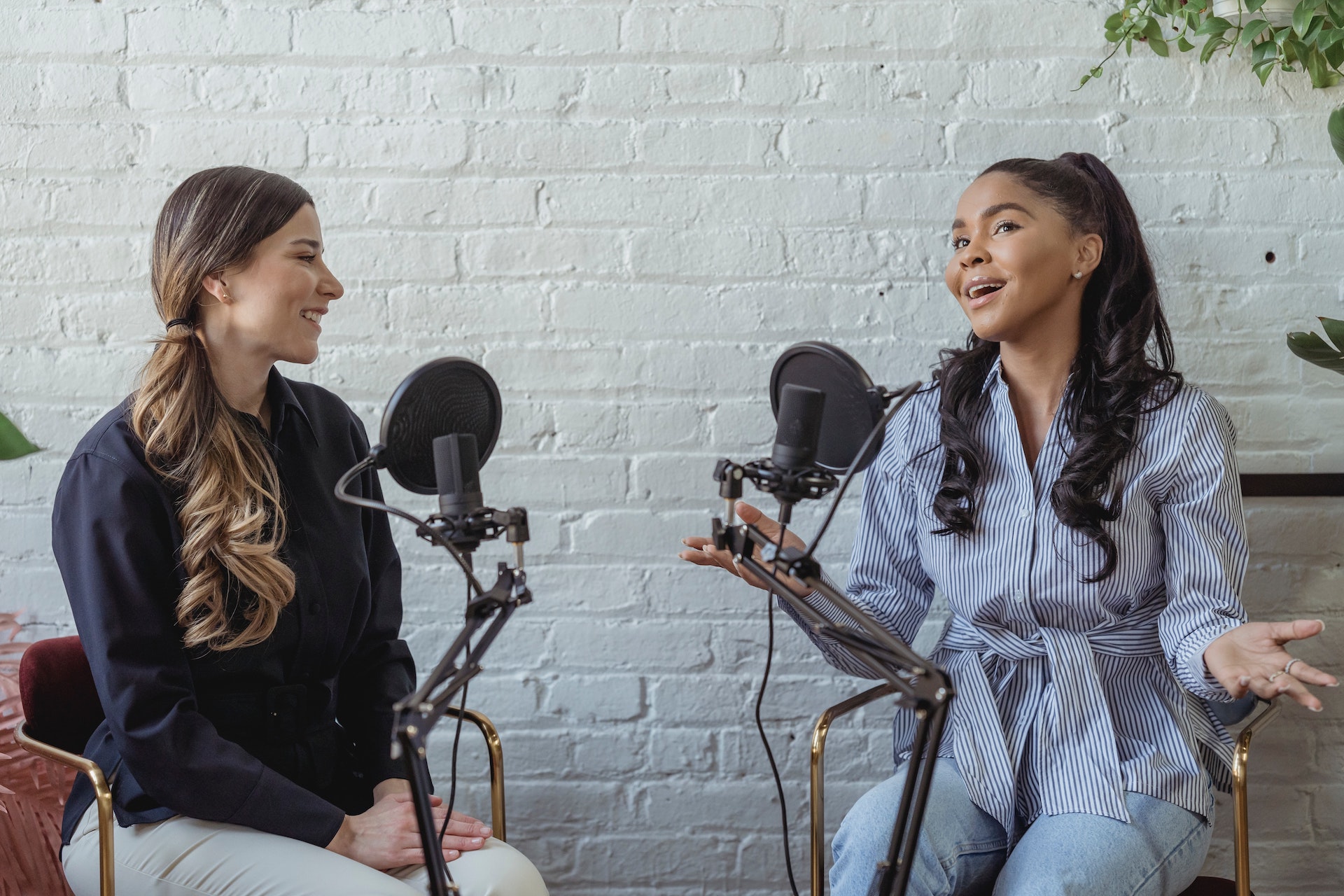You’re in a boardroom. The orator is right before your eyes with a PowerPoint presentation, pestering you with jargon and figures. They’re intended to make sense. However, as the subsequent dull slide hits your face, you understand that you’ve just forgotten the previous slide.
A great number of those facts are seemingly in the back of your head, but you seem unable to recall them only after a couple of minutes.
Now reflect on the latest story you read. The following week, a colleague wanted you to sum it up, and you recalled the story effortlessly. The passage, the cast names, maybe even some minor points you’d otherwise disregard somewhere else, you recalled.
This difference is because stories are a lot better for memorizing than other data elements. Stories invoke our feelings and our emotions. Not only does getting our attention becomes easier but also leaves an effect on us as spectators.
This leads to storytelling impressive in giving any message. If you convey a story accurately, as proved throughout the past, it might last forever.
Four Different Storytellings
Certain classes of storytelling beseech some crowds better than others, and some are more rational for storytellers. Here are four specific methods to tell your stories.
Give some thought to how you can apply these various storytelling techniques. Consider your viewers and which mode of storytelling they would think is most attractive. What will they notice? You can also employ a combination of storytelling techniques, according to the circumstances.
What Is the Power of Storytelling?
Storytelling can go the extra mile for your strategic development than you would hope for at first glance. Why is storytelling an influential tool to educate and influence your target market?
- Our brains are built in such a way that we can understand the stories better than any other form of content
- Stories capture and hold our attention; stories help us comprehend and memorize words
- Stories touch our feelings and establish rapport. We need rapport to engage with our audience.
Our Brains are Built to Learn from Stories
We capitalize our brains on stories to establish information and allow us to align ourselves. They help us understand this convoluted world. We focused on learning and identifying patterns, and interpreting new theories and conclusions.
Stories provide such sequences. We build stories on motives and outcomes. One action results in another. We think about plots from morning until night.
“If I take that step, I might get this development.” This is an involuntary, unmanageable cycle. From time immemorial, the older generation educated the upcoming generation through stories. Mainly in our existence, we transferred all knowledge and values across generations just with the aid of oral stories.
Stories Capture and Hold Our Attention
We live in an ocean of data. How can you draw the attention of your target audience to listen when they are pestered by a barrage of messages every day? Great stories inspire humans to remember messages, not only for a couple of minutes but–if the story is pretty solid-for ages. How many stories can you recall from your early years? Stories bring some life to the data and instill this data with spirit. You listen to a wonderful story with your heart and soul and you become an enthusiastic participant rather than a meek listener.
If we nicely presented a story, you’re feeling it like you were there. You go through what the storyteller went through already. You feel exactly how the storyteller feels.
Furthermore, you remember the story since you see the pictures, listen to the sounds, and go through the excitement. The story catches your attention to various degrees, so when the storyteller discloses the core theme, it remains. When you tell your viewers many points at once, they won’t have an idea. A PowerPoint presentation summarizing data with bullet points stimulates only our language process unit mentally, where we interpret words into substance. Nothing else takes place.
If a storyteller talks about tasty food, expressing brilliantly the flavor and aromas, the audience would feel and sense it as well. The sensory cortex, a section of the brain aimed at the above senses, is switched on. If a storyteller talks intensely about being ambushed by a group of furious, howling wolves and having to run to escape from great danger, the listener will be off with him. The motor cortex, the portion of the brain engaged in all our movements, is activated. Storytelling entertains the audience to varying degrees. So stories benefit us in remembering by stimulating several areas of the brain as opposed to activating only the parts dealing with only real data.

Stories Touch Our Feelings
Why do we have to touch on the sentiments of our predetermined users to get them here for conservation action? If they know it already and know the data, isn’t that sufficient?
No, it can’t be!
Read the following section and you will understand.

Stories Come in Unique Forms and Platforms
Stories show up in various types: poems, songs, actions, images, performances, and also Dad Jokes. The developers of the stories work with different forms, namely braille, gesture language, films, and dance to convey the stories to people.
The format or the form is not as vital as the story itself or even the concept of the story as long as the story grabs the attention of the audience.

Stories Help Us Look back and Visualize
Humans are always making stories. Before we head for the office, we make up stories in our heads about how our day will go. As we plan our vacations, we tell ourselves stories about the amazing places we will see and the exciting things we will do. Stories about how people treat us and how we treat them are also told to ourselves. In fact, we are our stories.
A good deal of people can disagree that this is storytelling, but it is at this stage that most of us understand the strength of our minds and creativity. Stories told inside a family or in society will get stronger and stronger as we share them year after year. They develop as a part of inner nature, what we trust, and how we look at our destiny.
When we protect stories in some stationary document, like a novel or a tape or a film, people from various points in time and areas can communicate that story. Several of these stories lead entire populations to learn how to live the ways of life, for example, religious texts and the constitution. Using our fantasies to change a current story or build a delusional reality lets us find solutions to current dilemmas or visualize areas where other problems prevail.

Stories Help Us Work Out Problems and Experiment with Solutions
Stories also help us deal with issues by presenting possibilities to test various actions that might cause other results. This is all the more true if another person is enabling them to co-create the story.
While somebody is constructing a story with us, he/she could recommend an alternative action that we would offer. We can usually deal with a situation or problem by rewriting it or constructing a story.
Stories Benefit Us in Understanding Others
Stories can help us understand others and to find understanding and empathy for them and their situations. If we know the individual, hearing their story provokes emotions within us. Knowing how to communicate with others and commiserate with them matters so much in building up social intelligence and becoming friends.
In Summary:
Stories can…
- Empower kids to sympathize with unknown individuals/areas/conditions.
- Provide insights into several traditions and matters.
- Put forward insights into global life encounters.
- Encourage children to think of fresh ideas.
- Exposure to contrasts and commonness of societies across the globe.
- Develop a sense of comfort, joy, and relief.
- Enhance kids’ enthusiasm for conveying ideas and emotions.
- Promote effective engagement.
- Reinforce verbal expertise.
- Advocate for the use of vision and imagination.
- Support collaboration between students.
- Improve listening aptitudes.



